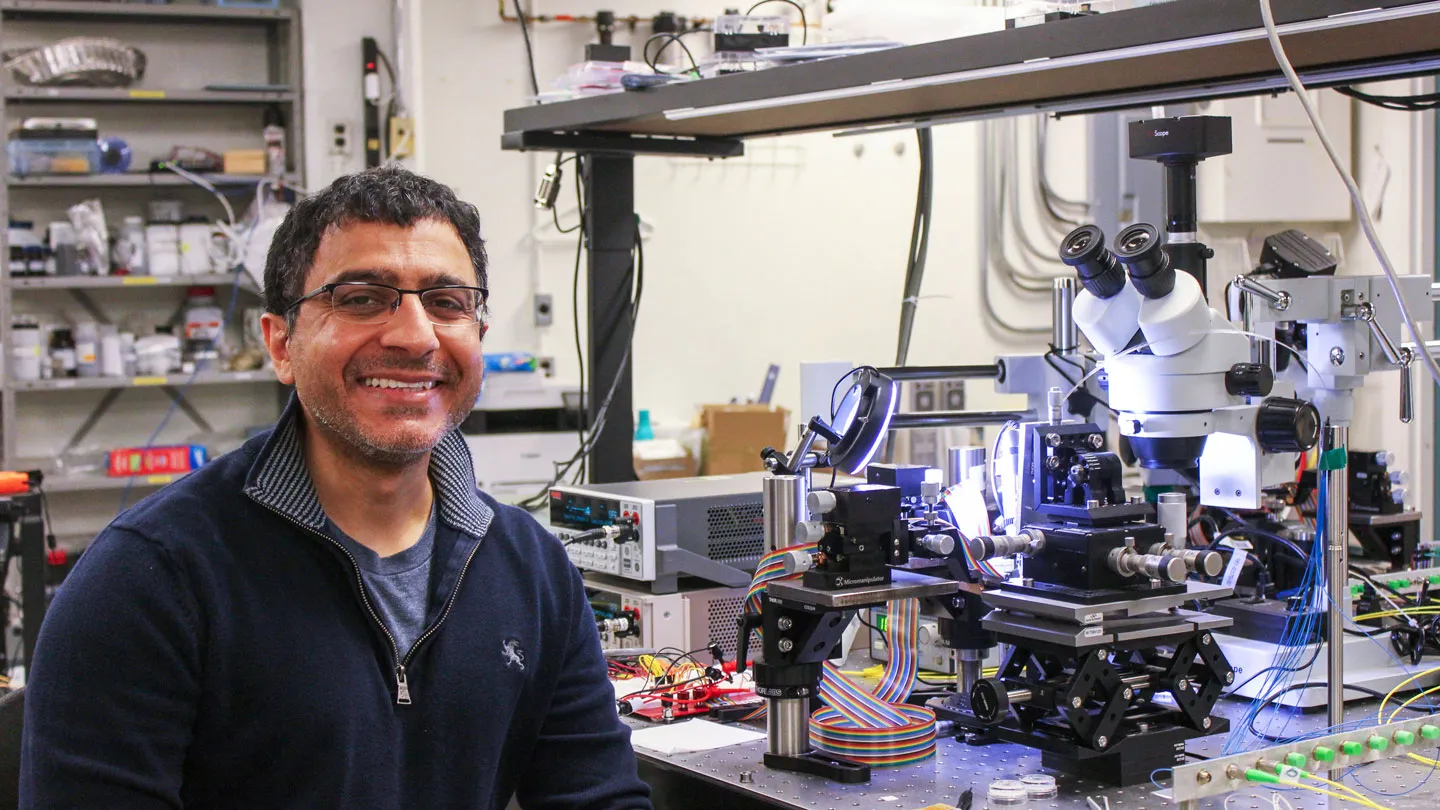Light-Based Computers: Bridging Technology and Brain Inspiration

Revolutionizing Computer Technology
In the quest for faster, more efficient computing, innovations are emerging that borrow from nature. Physicist and engineer Bhavin Shastri is at the forefront of this exciting field, focusing on light-based computers. His work takes inspiration from the human brain, aiming to replicate its complex functions in a photonic framework.
The Concept Behind Photonic Computing
Shastri’s approach to computer technology is groundbreaking. By using photons instead of electrons, he exploits the unique properties of light, potentially leading to faster processing speeds and lower energy consumption. This revolutionary concept could reshape the future of computing.
- Efficiency: Light-based systems could process information at unprecedented rates.
- Energy Savings: Photonic devices may consume significantly less power.
- Neurological Modeling: Inspired by how the brain processes information enhances learning systems.
Future Implications for Computer Development
If successful, Shastri's photonic computer could lead to major advancements in artificial intelligence, data processing, and technology at large. The influence of biological systems on computer architecture marks a fascinating intersection of biology and technology.
This article was prepared using information from open sources in accordance with the principles of Ethical Policy. The editorial team is not responsible for absolute accuracy, as it relies on data from the sources referenced.